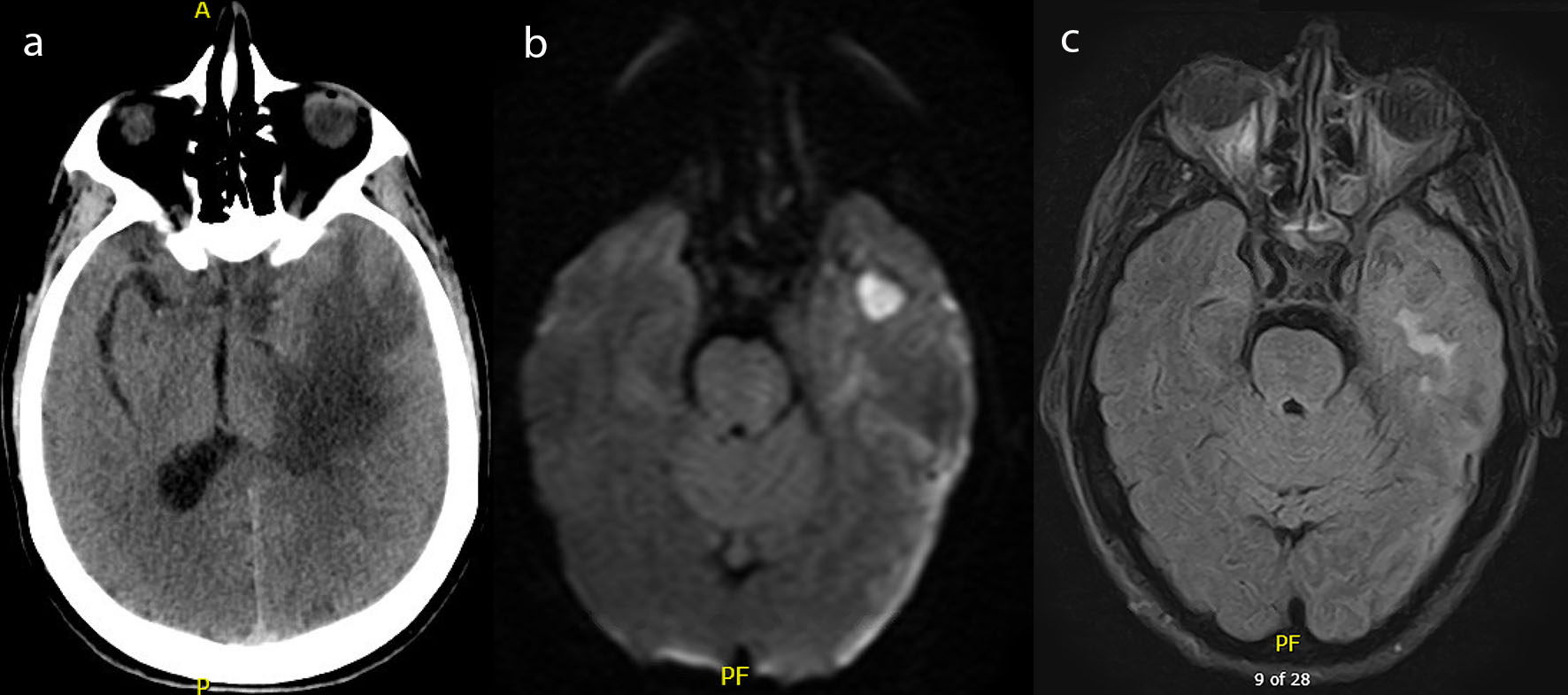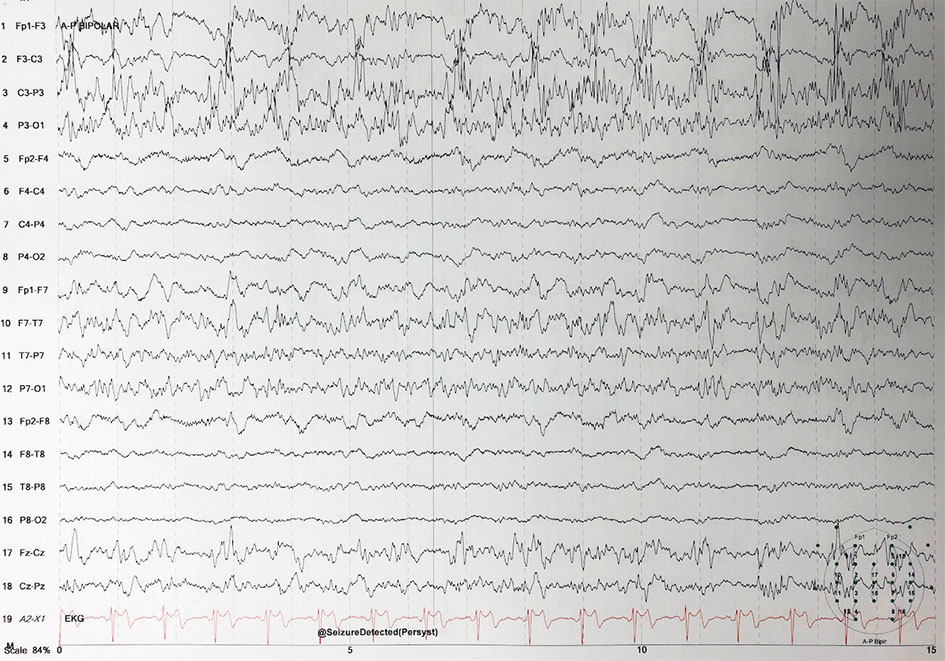| Chuang et al, 2015 [3] | Retrospective study of 146 patients with brain abscesses (10 of whom had received radiotherapy for a head and neck cancer). | The pathogenesis of bacterial brain abscess in post-irradiated NPC patients is likely due to radiation and the tumor both destroyed the skull base and resulted in a breakdown of the blood-brain barrier, providing a pathway for the pathogens; increase in the incidence of chronic otitis media, sphenoid sinusitis, or other nasal infection. Radiation-related temporal lobe necrosis is also a predisposing factor. |
| Fang et al, 2012 [4] | Retrospective analysis of 210 patients with brain abscesses, 12 of whom had radiotherapy-treated NPC. | NPC patients post radiotherapy with brain abscesses frequently had chronic otitis media; temporal lobe as the most common site; high incidence of post-radiation necrosis; staphylococcus and streptococcus as the most common species. |
| Liang et al, 2009 [5] | Retrospective study of 18 post-irradiated NPC patients with CNS infection (brain abscess, cavernous sinus thrombosis, epidural abscess, and meningitis). | Post-irradiated NPC patients with skull base osteoradionecrosis are prone to have CNS infections. The prevalence of otitis media and rhinosinusitis is high in post-irradiated NPC patients. Ten patients with CNS infection had skull base osteoradionecrosis. |
| Cheng et al, 2000 [8] | Six cases of brain abscesses in patient with radiotherapy-treated NPC. | Radiation necrosis in the temporal lobe can be a side-effect of NPC treated with radiotherapy. History of nasal infection or otitis media was recognized in all six patients. A bony defect was observed between the middle cranial fossa and the sphenoid sinus in three patients. |
| Kuriyama et al, 2019 [9] | Case report of a patient with scalp angiosarcoma and a subsequent brain abscess after treatment. | Brain abscess formation in this patient could be due to large skin defects and cranial bone necrosis resulting from surgery and radiation. |
| Noguchi et al, 2018 [10] | Case report of oropharyngeal carcinoma treated with radiotherapy and with a subsequent brain abscess several years later. | Patient underwent chemoradiotherapy for oropharyngeal carcinoma. Was later found to have brain abscess that was presumed to be caused by radiation osteomyelitis of the mandible. |

